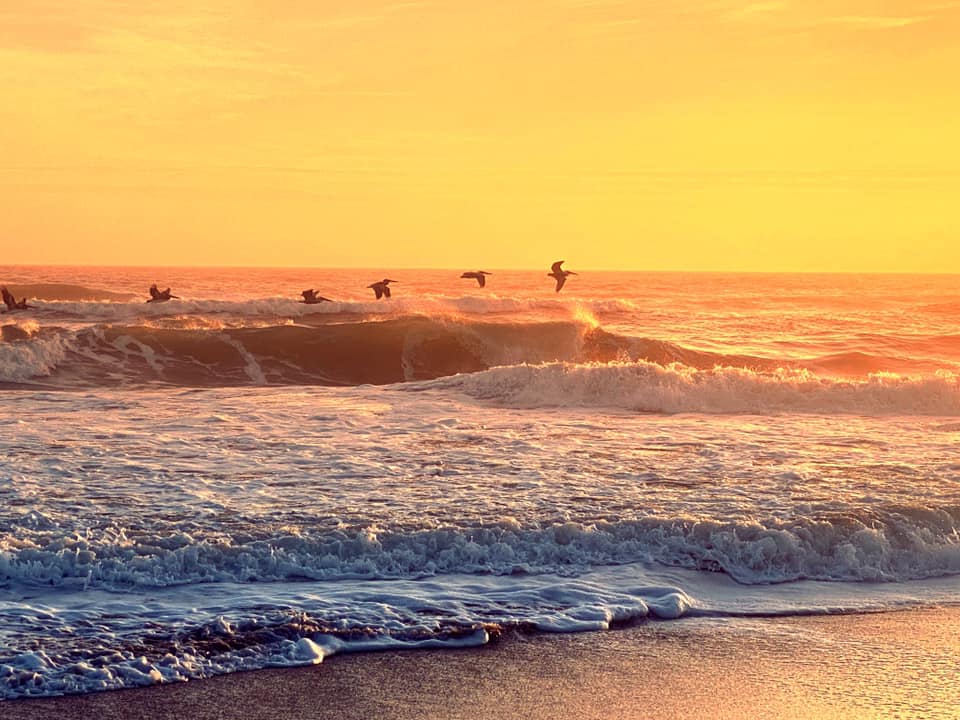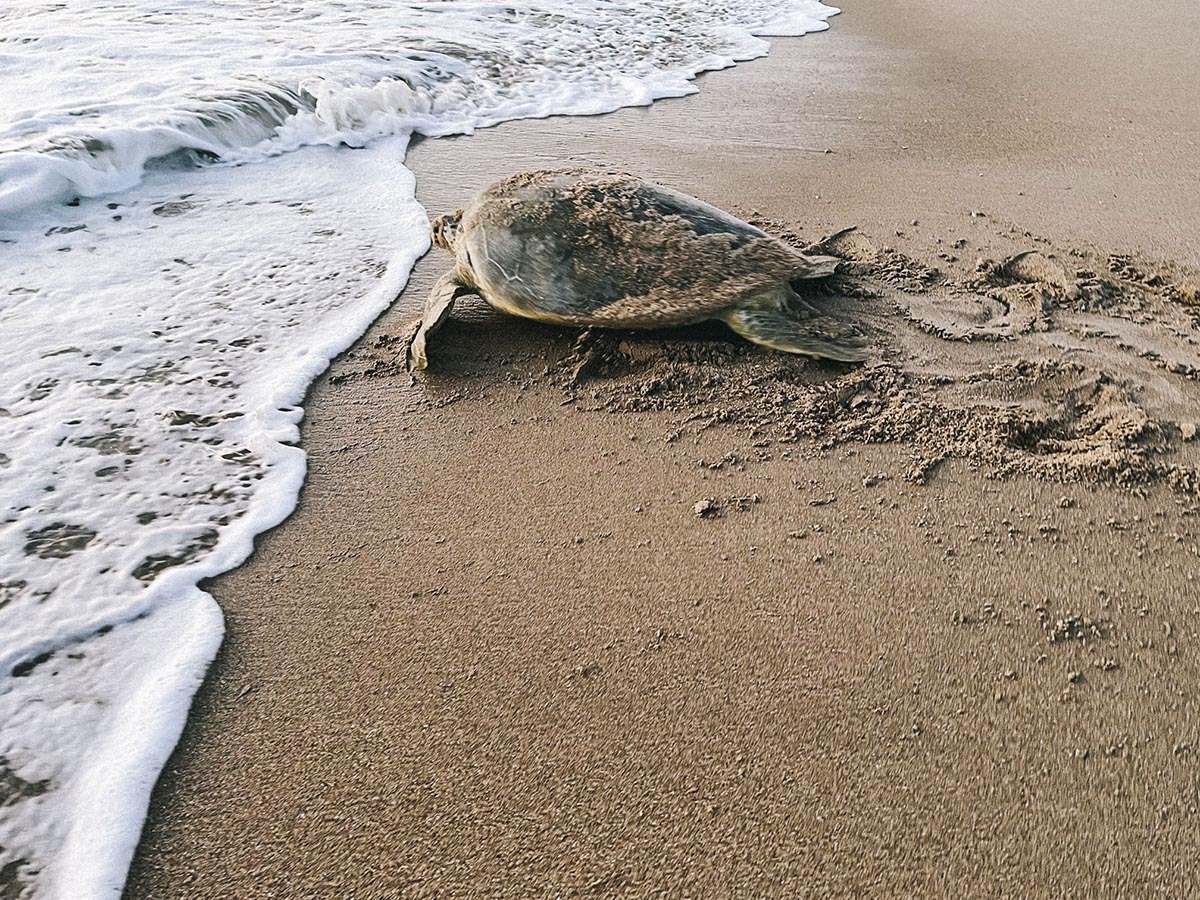

1. The Ultimate Rocket Launch Viewing Spot
In 1961, NASA made the decision to select Cape Canaveral as its main hub for venturing into space. To ensure smooth launch operations, NASA obtained more than 100 square miles of land encompassing the barrier island, Mosquito Lagoon, and surrounding mainland areas. This vast expanse of acquired land eventually became an integral part of the Canaveral National Seashore.
NASA made a commitment to preserve the land in its natural state for the indigenous people, yet they are reluctant to hand over complete control to the National Park Service. They are holding onto the land, keeping it available for future growth and development in the space industry. SpaceX has already expressed interest in utilizing the wetlands and gradually expanding its operations toward the stunning beach. When the countdown begins, Playalinda Beach offers an unparalleled vantage point, granting you an unobstructed view of the awe-inspiring rocket launch.

2. Playalinda Beach is a Surfer's Paradise
Surfers flock to this beach to experience an unforgettable day riding the waves. This beach break, with its sandy bottom, offers both lefts and rights, catering to surfers of all skill levels. While Playalinda Beach tends to get crowded on weekends, weekdays offer a unique opportunity to have the entire surf to yourself.
3. One of the Top Sea Turtle Sanctuaries in Florida
This sanctuary serves as a safe place for nearly 17,000 sea turtle nests per year. Its main goal is to safeguard and maintain the well-being of these incredible creatures, guaranteeing their safety. Witnessing the sight of a sea turtle is an unforgettable encounter. Visitors may stumble upon a mesmerizing scene on the beach, where a sea turtle diligently uses her flippers to excavate a hole, reaching a depth of one or two feet. With great care, the turtle proceeds to deposit soft-shelled eggs, resembling ping-pong balls, into the nest. Once the task was complete, she meticulously covered the nest with sand before gracefully returning to the vast ocean. This captivating process typically unfolds within a timeframe of 30 to 60 minutes.

4. Wild Encounters: Witnessing the Aquatic and Land Animals
The area offers a habitat for 15 species of animals that the federal government considers threatened or endangered, which is the second highest number among all the national parks. The park, along with the nearby Merritt Island National Wildlife Refuge, is renowned for its excellent bird-watching opportunities and is a popular choice for bird enthusiasts.Apart from the three species mentioned earlier, the park also attracts many migrating waterfowl, wading birds, and shorebirds during the spring and fall migration seasons, as well as winter.

As you drive along the scenic roads toward Playalinda Beach, you will come across hiking trails and designated observation decks. Look for alligators, snakes, and other reptiles that may be spotted along the roadside.

5. Famous for being a Nude Beach
Parking Area 13, the beach access point furthest to the north, is where you can reach the Klondike Beach Trail. This trail is a scenic walk through the wilderness that extends from Titusville to New Smyrna Beach. Additionally, it's a spot where you may encounter nudists.
When Canaveral National Seashore was established in 1975, the nude beach at Playalinda was already well-known.


More info https://www.nps.gov/cana/planyourvisit/things2do.html
The photographs on this site, stelbailey.com domain, are the property of Stel Bailey and are protected by the United States and international copyright laws. All copyright, trademark, and other intellectual property rights on this site are the property of Stel Bailey.






